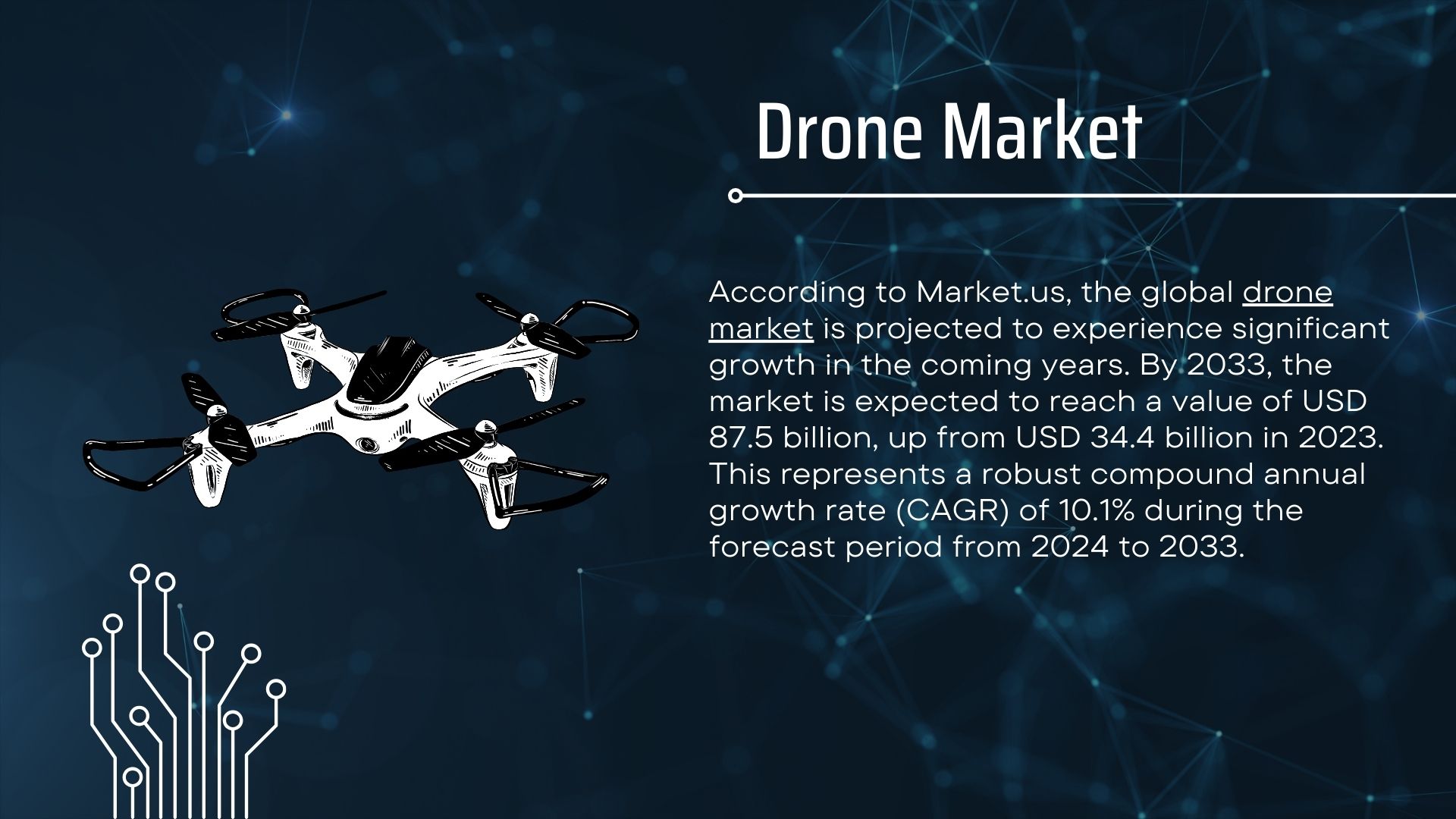NASA has recently confirmed that an asteroid that has been about the size of a bug SUV has come so close to earth that its orbit has been permanently changed. The officials from the US Space Organization have said that the asteroid has missed the earth by just over 2,000 miles. NASA has claimed that it has been one of the closest flybys of a near-Earth asteroid that has been recorded in history. As per the report, an asteroid flew by Earth that has been defined by NASA as one of the closest flybys by a near-Earth object ever reported. The officials from NASA have stated that the near-Earth object is known as ‘Asteroid 2023 BU’ and it has flown over the tip of South America. As per the US space organization, the near-Earth object has missed the surface of Earth by only 2,200 miles and this distance is 10 times nearer than the altitude of geosynchronous satellites, which are around about 22,000 miles away from the surface of the earth.
Astronomers predict that ‘Asteroid 2023 BU’ is around 3.5 to 8.5 meters wide. While the flyby has been one of the closest ones, NASA has claimed that it is never a direct danger to Earth. They have stated that the ‘Asteroid 2023 BU’ is not on a Collison path. As per the data, green orbit shows where geosynchronous satellites hover. NASA has said that if the asteroid would have been on the Collison path it would have turned into a small fireball and disintegrated in safely in the atmosphere with some bigger remains dropping as small meteorites. This asteroid has been named as the 2023 BU as it is quite new and has been detected when it approached. ‘Asteroid 2023 BU’ was identified by Gennadiy Borisov from a Crimean observatory. Many astronomers across the world as well have spotted the new asteroid. The orbit of the asteroid has been calculated by the Scout impact hazard assessment system located at NASA’s Jet Propulsion Laboratory (JPL) using the restricted data available from the observatories. After spotting the asteroid, the Scout impact hazard assessment system has found that it will miss Earth and will go back into deep space. Although the Scout impact hazard assessment system swiftly ruled out that Asteroid 2023 BU is not an impactor, it has been able to forecast that the asteroid would head to an extremely close approach with Earth. Davide Farnocchia who is a Scout developer and JPL engineer has said that Earth’s gravity has changed the orbit of Asteroid 2023 BU and lengthened its path. Gravity has increased Asteroid 2023 BU’s solar year by 66 days.
The officials from NASA have predicted that since the asteroid has made such a close approach, the regular orbit of the asteroid around the Sun has been permanently changed. They have said that earlier the path of the near-earth object was almost circular with a 355-day year but now will it will be elliptical and it will move around halfway between the solar paths of Earth and Mars. Due to this shift, the object will take around 425 days to orbit the Sun. Although Asteroid 2023 BU is not a potential threat, its close approach to Earth reminds astronomers that larger objects hovering in space can eliminate life on Earth in a disastrous collision. Astronomers and scientists at NASA understand the gravity of such a situation, therefore, the US Space Agency has been trying to create a system that can avert larger space objects away from a collision course by bumping a spacecraft into them. As per the report, the DART (Double Asteroid Redirection Test) was able to successfully slow down the 160-meter moonlet of a non-dangerous asteroid by 32 minutes last year. Astronomers claimed that the effect was proved to be enough to nudge large objects off from a collision path with Earth. NASA said that decelerating the orbit of large objects by over 73 seconds can successfully alter the collision path with Earth.










